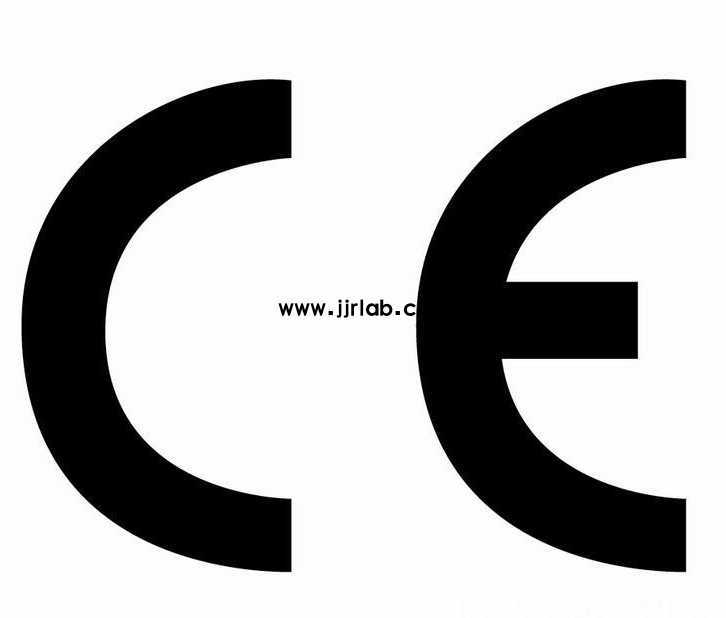
Electrical Appliance CE EMC Compliance Testing
atromagnetic compatibility (EMC) requirements of the European Union. Electromagnetic compatibility (EMC) refers to a device’s ability to operate normally in an electromagnetic environment without causing unacceptable electromagnetic interference to other devices.
The EU EMC Directive (Directive 2014/30/EU) applies to all equipment made available on the market or put into service. Equipment is defined as either "apparatus" or "fixed installations," each with its own set of rULes.
1. Apparatus: Finished devices or combinations thereof made available as a single functional unit, capable of generating or being affected by electromagnetic disturbance.
2. Fixed installations: Combinations of multiple apparatus and other devices assembled and intended to be used permanently at a pREDefined location.
The EU EMC Directive does notapply to the following:
1. Equipment without any electrical and/or electronic components
2. Equipment covered by the EU Radio Equipment Directive (RED)
3. Aviation products
4. Amateur radio equipment (unless specifically exempted)
5. Equipment whose EMC requirements are more specifically defined by other Union legislation
6. Equipment inherently free from any EMC concerns
CE-emc testing Items
CE-EMC testing consists of two main parts: EMI (Electromagnetic Interference)and EMS (Electromagnetic Susceptibility).
1. EMIrefers to electromagnetic noise generated by a device during operation, which may interfere with other systems.
2. EMSrefers to the device’s ability to resist electromagnetic interference from its environment during operation.
EMI (Electromagnetic Interference)
1. RE (Radiated Emission): Radiated disturbances
2. CE (Conducted Emission): Conducted disturbances
3. Radiated Electromagnetic Disturbances
4. Disturbance Power
5. Clicker: Click disturbances
EMS (Electromagnetic Susceptibility)
1. RS (Radiated Susceptibility)
2. CS (Conducted Susceptibility)
3. ESD (Electrostatic Discharge)
4. EFT (Electrical Fast Transient Burst)
5. SURGE: Lightning (Surge) Immunity
6. DIPS: Voltage Dips, Short Interruptions, and Voltage Variations
7. PFMF: Power Frequency Magnetic Field Immunity
CE-EMC Testing Standards
CE-EMC testing complies with the following standards:
Emission Standards
1. EN 55011: Measurement methods and limits for radio-frequency disturbances from industrial, scientific, and medical equipment
2. en 55032: Electromagnetic compatibility of multimedia equipment – Emission requirements
3. EN IEC 55015: Measurement methods and limits for radio-frequency disturbances from lighting equipment
4. EN IEC 55014-1: EMC requirements for household appliances, electric tools, and similar apparatus – Part 1: Emission
Immunity Standards
1. EN 55035: EMC of information technology equipment, multimedia equipment, and receivers – Part 2: Immunity requirements
2. EN IEC 61547: Immunity requirements for lighting equipment
3. EN IEC 55014-2: EMC requirements for household appliances, electric tools, and similar apparatus – Part 2: Immunity
General Standards for Residential, Commercial & Light-Industrial Environments
1. EN IEC 61000-6-3: Generic standards – Emission standard for residential environments
2. EN IEC 61000-6-1: Generic standards – Immunity for residential, commercial, and light-industrial environments
General Standards for Industrial Environments
1. EN IEC 61000-6-4: Generic standards – Emission standard for industrial environments
2. EN IEC 61000-6-2: Generic standards – Immunity for industrial environments
CE-EMC Application Process
1. Determine Product Scope
Identify which EMC directives and standards apply based on the product type.
2. Select Testing Standards
Determine the applicable EMC testing standards for the product.
3. Choose a Testing Laboratory
Select a qualified third-party testing lab (e.g., JJR LAB) to perform the EMC tests.
4. Submit Samples and Technical Documentation
Provide product samples and relevant technical documents (e.g., circuit diagrams, user manuals) for assessment.
5. Conduct Testing
The testing lab performs both emission and immunity tests according to EMC standards.
6. Obtain Test Report
Upon successful completion, the lab issues an EMC test report.
7. ce marking
After emc compliance is confirmed, the company may affix the CE mark on the product and prepare a Declaration of Conformity (DoC).
Email:hello@jjrlab.com
Write your message here and send it to us
 How to Test IP68 Rating
How to Test IP68 Rating
 Differences Between FDA and LFGB for Food Contact
Differences Between FDA and LFGB for Food Contact
 Process and Precautions for Amazon CPC Certificate
Process and Precautions for Amazon CPC Certificate
 E-mark Certification Testing Service Laboratory
E-mark Certification Testing Service Laboratory
 Amazon ISO/IEC 17025 UL Testing Service Laboratory
Amazon ISO/IEC 17025 UL Testing Service Laboratory
 How to get CE Certification for Lighting Products?
How to get CE Certification for Lighting Products?
 CE Certification Standards & Process for Elect
CE Certification Standards & Process for Elect
 Japan METI Registration & Japanese Agent Servi
Japan METI Registration & Japanese Agent Servi
Leave us a message
24-hour online customer service at any time to respond, so that you worry!




